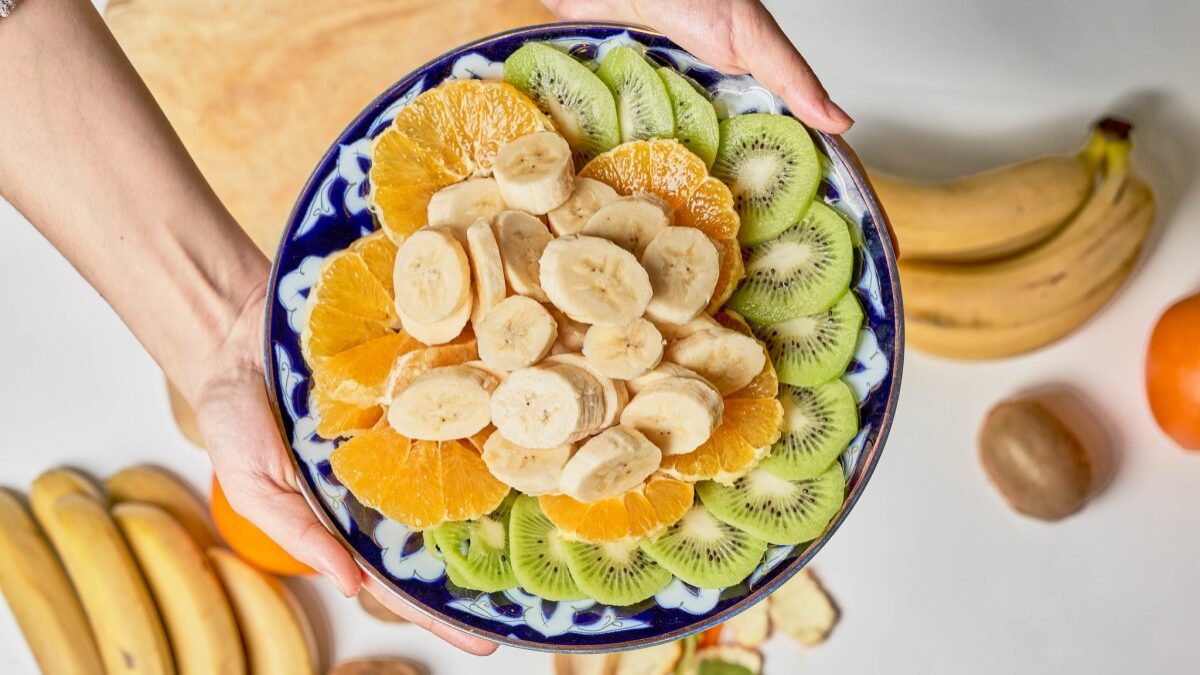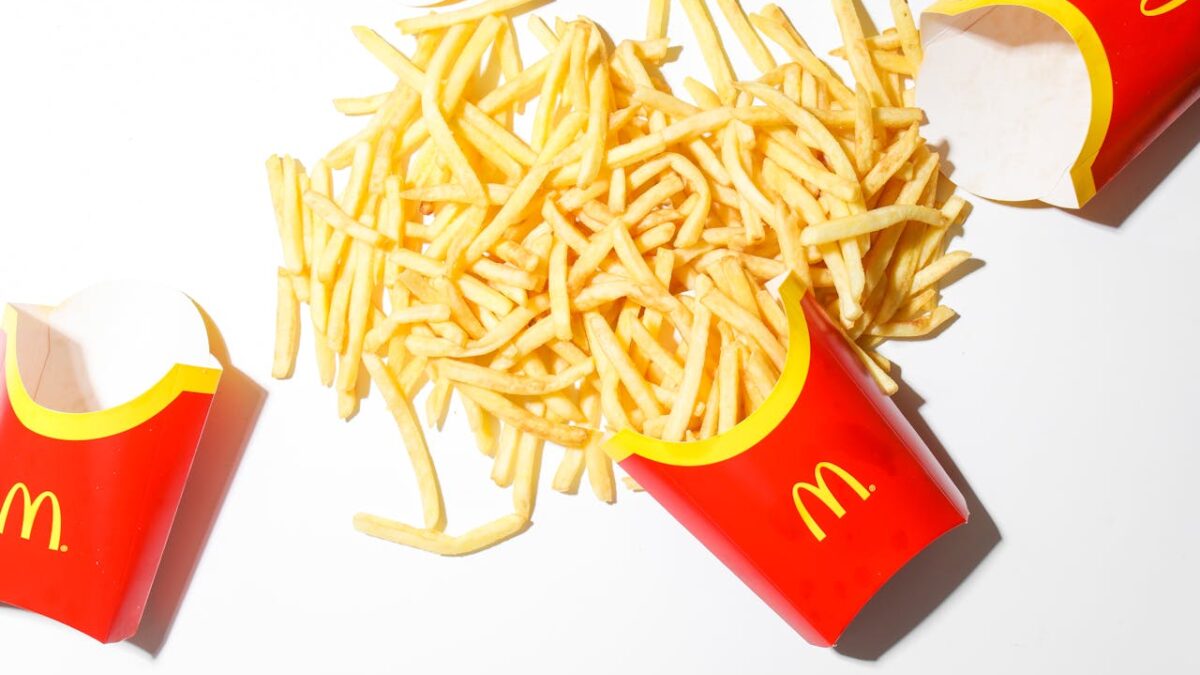With a sinking feeling, I watched a cheerful and well-intentioned lady hand a line of 6-year-olds a snack after their 8 a.m. soccer game on a Saturday morning. Her choice? A six-pack of full-size Oreos for each tyke, in addition to the standard pouch of sugar water known as “juice.” The kids had barely woken up and jogged around the damp field!
As back-to-school season rolls around, lunchbox inspiration abounds, with cute bento boxes, innovative ideas, and accessories. Yet while school lunch is the usual subject of controversy and reform, the pervasive and pernicious snacking habit that afflicts us could also use reimagining.
American children are invited to eat snacks, often loaded with added sugar and food dye, from dawn until bedtime. Different school policies might curb schooltime snacks, but outside of school snacks are everywhere.
I’m not a registered dietician, nutritionist, or dietary expert. If you want official opinions from such credentialed experts, the internet offers many colorful examples of their wisdom. I would suggest, however, that our overreliance on perceived experts has contributed to a fundamental disconnect between what we eat and how we feel.
Think about it: It does not feel good to eat processed snacks all day. Why would we inflict such a lifestyle on our children?
Consider Reducing Packaged Snacks
If you suggest that children eat too many sugary snacks or that breakfast Oreos disturb you, many people will accuse you of instilling eating disorders in your children. It can be concerning when a parent polices every morsel of food that enters a child’s mouth, and such draconian tendencies often backfire, sometimes disastrously.
However, merely observing that no one will feel good regularly consuming a packet of extremely sweet cookies and a side of liquid sugar first thing in the morning should be a simple fact we can all recognize from experience and common sense.
You don’t need a Ph.D. in nutrition to have an opinion on what you enjoy eating. Ironically, at the same time our “body positive” culture is increasingly vocal about “intuitive eating,” some people still won’t stop to observe how horrid it feels to eat cookies on an empty stomach or snack on artificial, oversweetened fruit products and different versions of crackers all day.
Snacks Often Substitute for Meals
To rethink snack habits, it’s necessary to look beyond the crinkly packets of processed combinations of high-fructose corn syrup and soybean byproducts. What do children miss out on when we encourage them to snack too much? We are robbing them of the joy of meals.
After grazing on uninteresting flavors, mostly a varied intensity of sweet, throughout the day, how can we expect children to have an appetite for meals? How can we expect them to know when they are truly hungry for the wide range of nutrients required for growth and brain development? It is the daily maintenance of good habits, the thorough enjoyment of good and nutritious food, that protects you from sliding into the snack trap of modern American culture.
Reading books like Karen Le Billon’s “French Kids Eat Everything” and Pamela Duckerman’s “Bringing Up Bebe,” you might think the only solution is moving to France. In France, snacks are strongly discouraged.
More importantly, mealtimes are viewed as essential opportunities to develop children’s sense of taste, civility, health, and social well-being. School lunch menus in small French towns are hard to believe, listing a wide range of vegetables, many types of cheese, and varieties of fish — all in a typical school week!
As Le Billon is quick to point out, everything is not perfect in France. But the success of individual small communities in holding back the tide of constant snacking on convenience foods and the resulting deleterious health and social effects are worthy of investigation and perhaps emulation.
How to Reduce the Packaged Snack Habit
Realistically, you cannot escape the snack itch. But you don’t have to dole out Oreos with an apathetic shrug. Even if we must participate in the all-day snack buffet of our culture or render our children isolated outcasts, we still have choices. Most children are highly adaptable, and introducing different fruits and vegetables, nuts, seaweed, and cheeses as snacks can be successful.
If your 4-year-old eats half of a sliced cucumber an hour before dinner, he will likely still have an appetite. A child who munches on almonds instead of graham crackers has a bounty of more fiber and fats to draw on throughout the day. If we must snack, let it be something helpful and palate-expanding.
What about the cost? After loading the grocery cart with a couple of boxes of packaged snacks, the prices are surprisingly high. Grocery inflation can be felt in the Dorito aisle, not just the egg cartons, after all.
So before investing in perishable food items that your children may reject, here are a few simple ways to shift your family’s eating habits over time that will not devastate the food budget. In fact, if you opt for fewer ultra-processed items, you may be surprised at how much the food budget drops!
- Introduce mild vegetables that might be a hit. Many children enjoy the sweet, crisp taste of carrots, the satisfying crunch of raw celery and cucumbers, and the subtle flavors of bell peppers and sugar snap peas. Try small quantities of foods like these, and, as their taste buds change, your children may accept these as a preferred snack.
- Experiment with nuts and cheese. Try a wide range of nuts and cheeses to find protein-rich and fatty snacks that satisfy kids in a growth spurt. Both nuts and cheeses can be pricey, but budget-friendly options like peanuts and almonds purchased in bulk and the large blocks of cheese at Sam’s Club or Costco might become a family favorite.
- Find exciting novelties. The occasional pack of salted seaweed or freeze-dried strawberries will set you back as much as packaged potato chips or Goldfish, but items like these usually don’t have the food dyes and carbo-loading overwhelm of many conventionally processed snacks. Pickles and olives can be another way of achieving that super salty treat some kids crave.
In general, as Le Billon observed in France, allowing children to try different fruits and vegetables in a variety of forms (for example: raw, roasted, dried, pickled) allows them to become more familiar with a wide range of single-ingredient foods. This moves them away from the taste-distorting world of processed food and back to a sane way of eating.
As the school year gets underway again, let’s reconsider our families’ snacking habits. No Ph.D. is required to think critically about what your family is eating and if you actually enjoy it.









